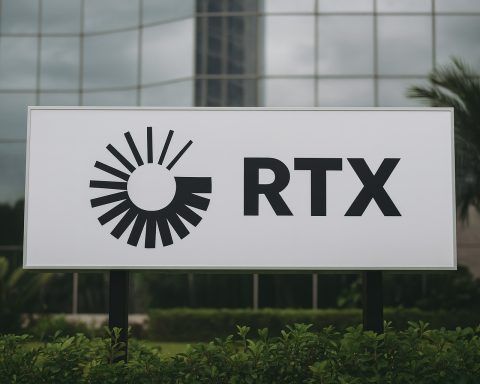
Cisco Stock Surges Near 52-Week High on AI Momentum – What’s Next for CSCO?
CSCO Stock Climbs on Strong Quarter: Cisco’s stock has steadily climbed in 2025, even as many tech peers swung wildly during the AI frenzy. As of mid‑October, CSCO is trading just below its year-high ts2.tech ts2.tech. Over the past week










